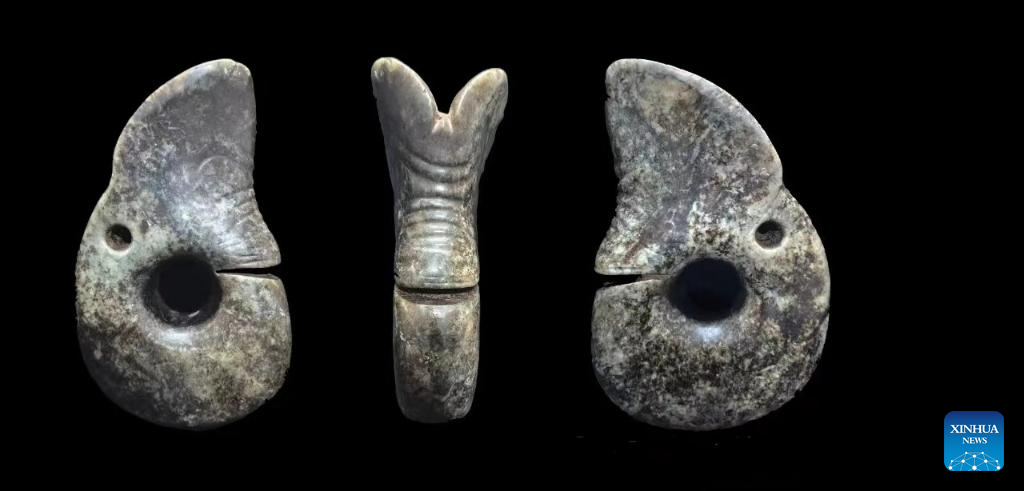
This undated file combo photo shows a jade dragon unearthed from a stone tomb site in the city of Chifeng, north China's Inner Mongolia Autonomous Region. Chinese archaeologists have unearthed the largest jade dragon ever discovered from the Hongshan culture, an important part of the Neolithic Age, at a stone tomb site in the city of Chifeng, north China's Inner Mongolia Autonomous Region, according to the regional institute of cultural relics and archaeology. Measuring 15.8 cm long, 9.5 cm wide, and 3 cm thick, the artifact was found at a site featuring a circular tomb in the north and a square altar in the south, which is the only one of its kind ever found in the region. (Xinhua)
HOHHOT, Sept. 22 (Xinhua) -- Chinese archaeologists have unearthed the largest jade dragon ever discovered from the Hongshan culture, an important part of the Neolithic Age, at a stone tomb site in the city of Chifeng, north China's Inner Mongolia Autonomous Region, according to the regional institute of cultural relics and archaeology.
Measuring 15.8 cm long, 9.5 cm wide, and 3 cm thick, the artifact was found at a site featuring a circular tomb in the north and a square altar in the south, which is the only one of its kind ever found in the region.
Apart from the architectural remains, human skeletal remains, burials, fire pits, and cylindrical object pits have also been discovered at the site. The unearthed artifacts include jade and painted pottery basins and tripod pottery cups, among others.
The ongoing research at the site includes studies of the ancient environment, large-scale topographic mapping and carbon-14 dating, among others. The latest dating data indicates that the site belongs to the late Hongshan culture, dating back 5,100 to 5,000 years.
The finds were revealed during a themed seminar held Sunday in Chifeng, which provided updates on the archaeological progress at the stone tomb in Yuanbaoshan of Chifeng's Aohan Banner. ■

This undated file photo shows the general view of a stone tomb site in the city of Chifeng, north China's Inner Mongolia Autonomous Region. Chinese archaeologists have unearthed the largest jade dragon ever discovered from the Hongshan culture, an important part of the Neolithic Age, at a stone tomb site in the city of Chifeng, north China's Inner Mongolia Autonomous Region, according to the regional institute of cultural relics and archaeology.
Measuring 15.8 cm long, 9.5 cm wide, and 3 cm thick, the artifact was found at a site featuring a circular tomb in the north and a square altar in the south, which is the only one of its kind ever found in the region. (Xinhua)
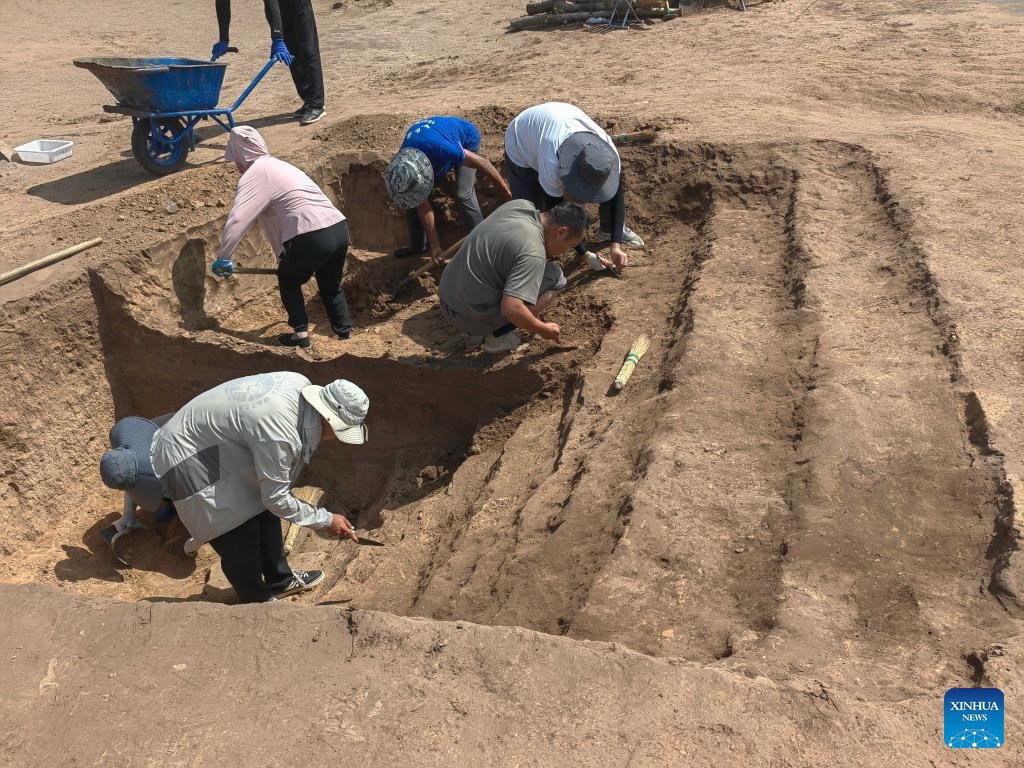
This undated file photo shows archaeologists working at a stone tomb site in the city of Chifeng, north China's Inner Mongolia Autonomous Region. Chinese archaeologists have unearthed the largest jade dragon ever discovered from the Hongshan culture, an important part of the Neolithic Age, at a stone tomb site in the city of Chifeng, north China's Inner Mongolia Autonomous Region, according to the regional institute of cultural relics and archaeology.
Measuring 15.8 cm long, 9.5 cm wide, and 3 cm thick, the artifact was found at a site featuring a circular tomb in the north and a square altar in the south, which is the only one of its kind ever found in the region. (Xinhua)
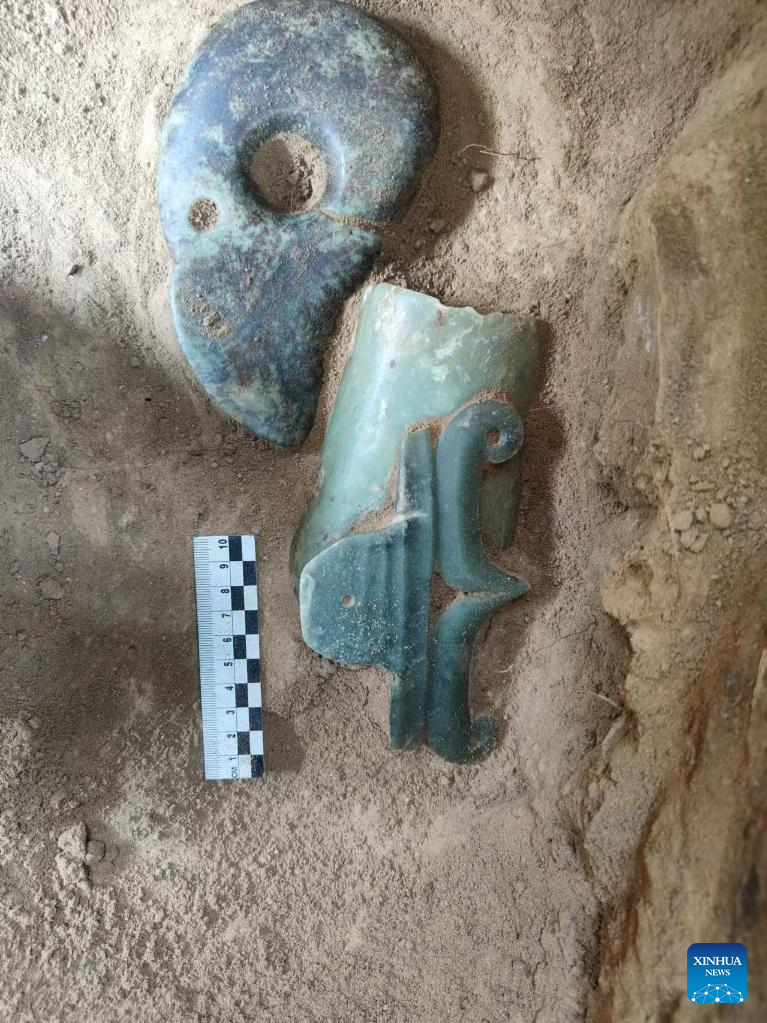
This undated file photo shows jade wares unearthed at a stone tomb site in the city of Chifeng, north China's Inner Mongolia Autonomous Region. Chinese archaeologists have unearthed the largest jade dragon ever discovered from the Hongshan culture, an important part of the Neolithic Age, at a stone tomb site in the city of Chifeng, north China's Inner Mongolia Autonomous Region, according to the regional institute of cultural relics and archaeology.
Measuring 15.8 cm long, 9.5 cm wide, and 3 cm thick, the artifact was found at a site featuring a circular tomb in the north and a square altar in the south, which is the only one of its kind ever found in the region. (Xinhua)
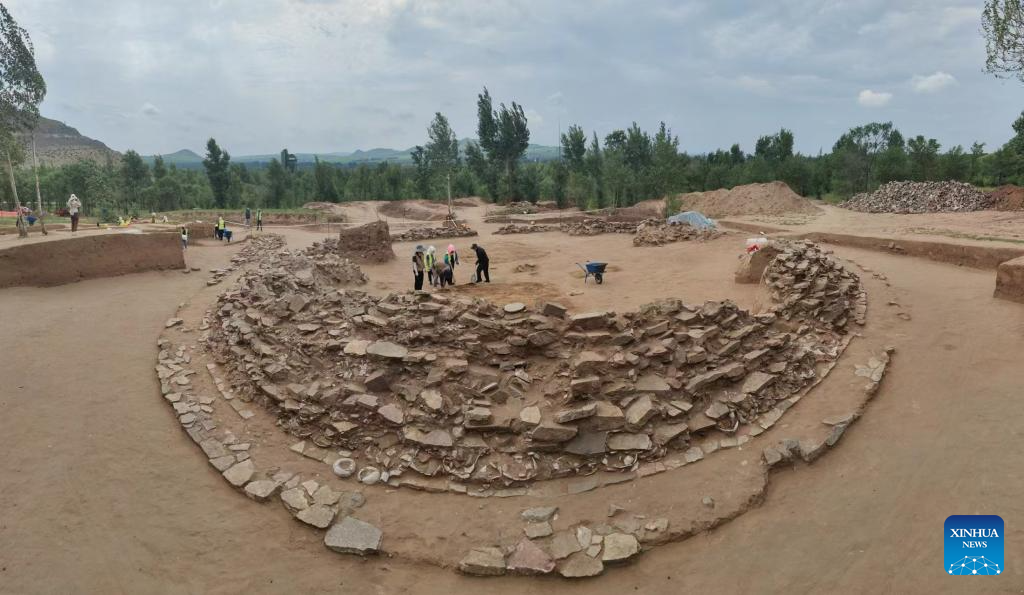
This undated file photo shows a circular tomb at a stone tomb site in the city of Chifeng, north China's Inner Mongolia Autonomous Region. Chinese archaeologists have unearthed the largest jade dragon ever discovered from the Hongshan culture, an important part of the Neolithic Age, at a stone tomb site in the city of Chifeng, north China's Inner Mongolia Autonomous Region, according to the regional institute of cultural relics and archaeology.
Measuring 15.8 cm long, 9.5 cm wide, and 3 cm thick, the artifact was found at a site featuring a circular tomb in the north and a square altar in the south, which is the only one of its kind ever found in the region. (Xinhua)
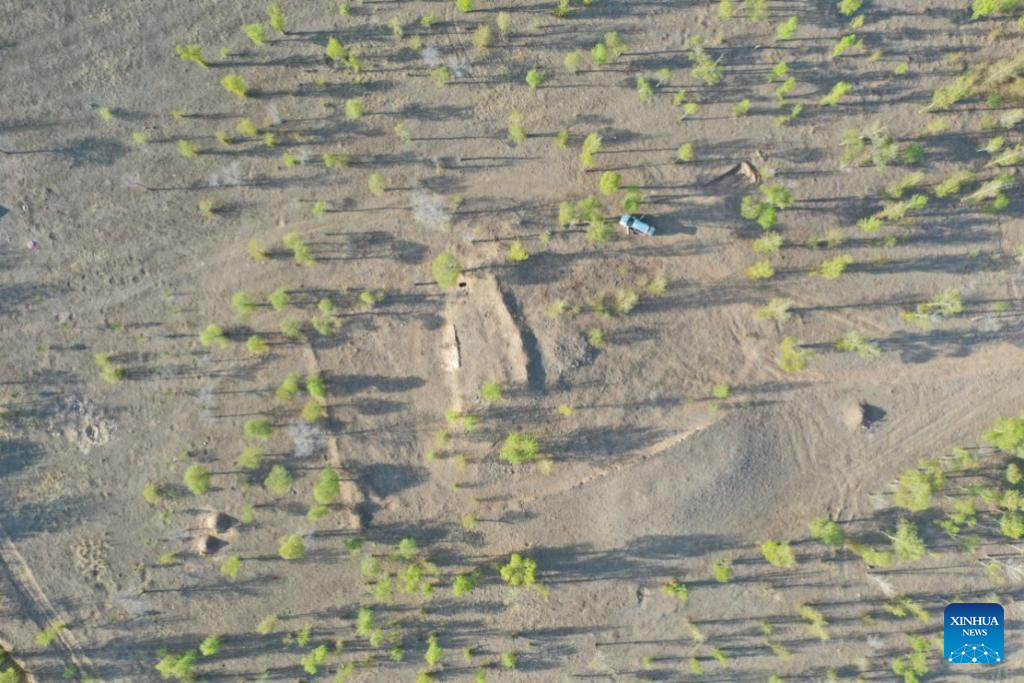
This undated file photo shows a stone tomb site before excavation in the city of Chifeng, north China's Inner Mongolia Autonomous Region. Chinese archaeologists have unearthed the largest jade dragon ever discovered from the Hongshan culture, an important part of the Neolithic Age, at a stone tomb site in the city of Chifeng, north China's Inner Mongolia Autonomous Region, according to the regional institute of cultural relics and archaeology.
Measuring 15.8 cm long, 9.5 cm wide, and 3 cm thick, the artifact was found at a site featuring a circular tomb in the north and a square altar in the south, which is the only one of its kind ever found in the region. (Xinhua)



